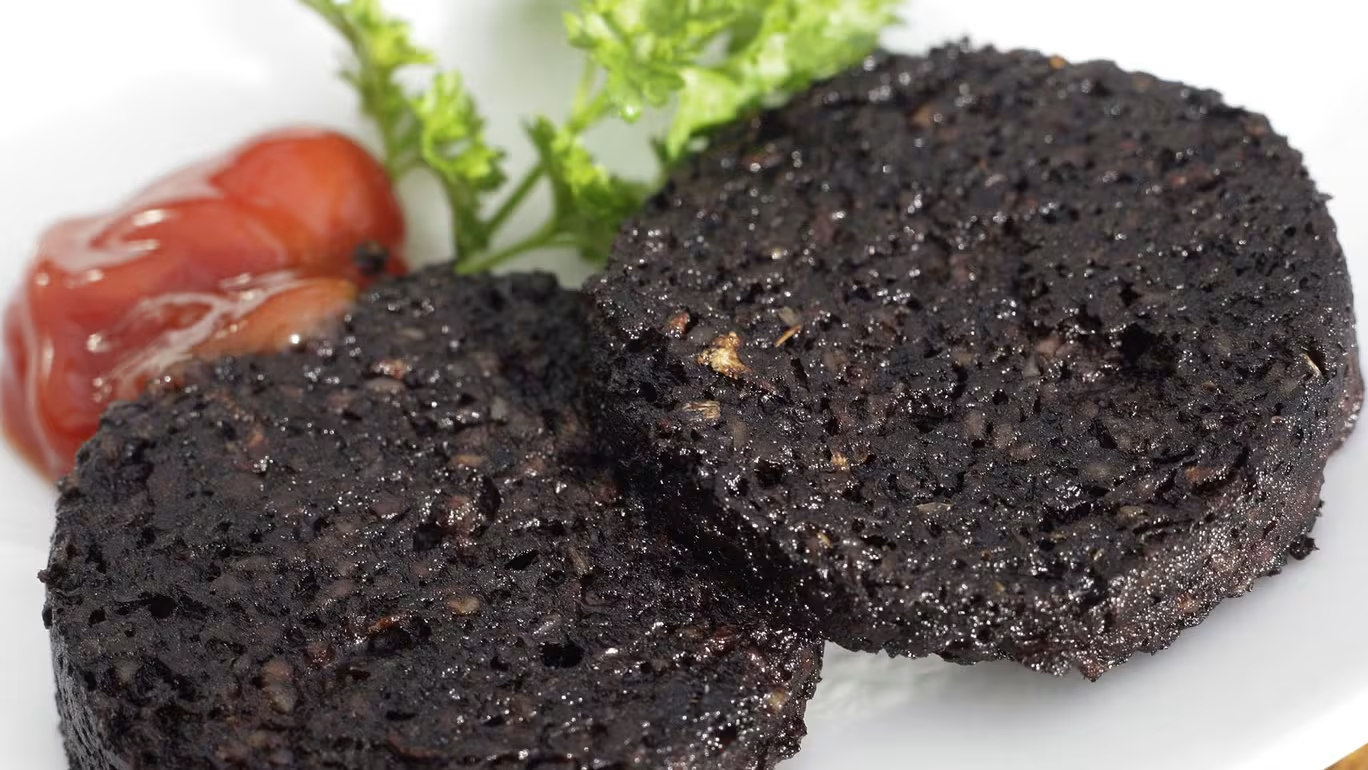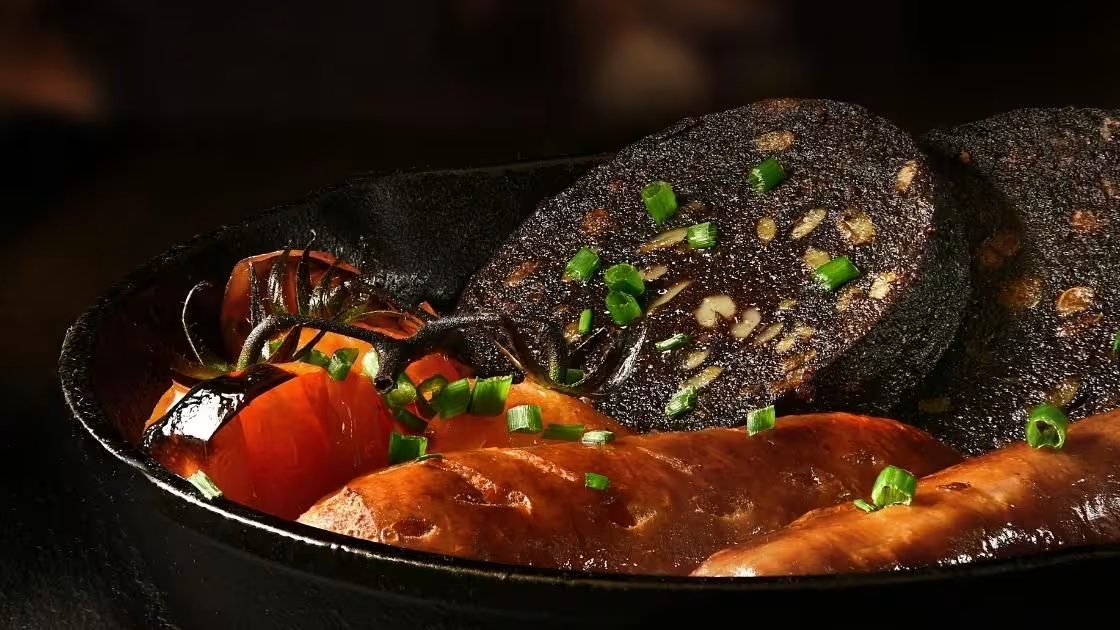
Delicious Black Pudding Recipe: A Traditional Delicacy You Can Make at Home
Written by Jessica Lopez
Published at 30-03-2023
Edited on 03/19/2025 | 11:20 AM
Breakfast RecipesCourse: Main Course
Cuisine: British
Difficulty: Moderate
Servings
4-6 servings
Prep Time
30 minutes
Cooking Time
1 hour
Total Time
1 hour 30 minutes
Fat
20g
Protein
15g
Carbs
30g
Calories
350 kcal
If you’ve ever been curious about black pudding, you’re in for a treat! This traditional dish, often associated with British and Irish breakfasts, is a savory sausage made primarily from pig's blood, fat, and a blend of spices. While it may sound unconventional, black pudding is beloved for its rich flavor and unique texture. Making your own black pudding at home is not only rewarding but also allows you to control the ingredients and customize the seasoning to suit your taste.
In this easy-to-follow recipe, we will guide you through the steps to create your very own black pudding, perfect for serving at breakfast, brunch, or even as a gourmet appetizer. You'll learn how to balance the bold flavors with the right spices and add your twist to this classic dish. Whether you’re a seasoned chef or a curious beginner, this black pudding recipe is approachable and fun.
Plus, it’s a fantastic way to explore traditional cooking methods and ingredients. So, roll up your sleeves and get ready to impress your friends and family with this hearty delicacy. With just a few key ingredients and some simple techniques, you’ll be able to enjoy the rich, earthy flavors of homemade black pudding in no time!.


